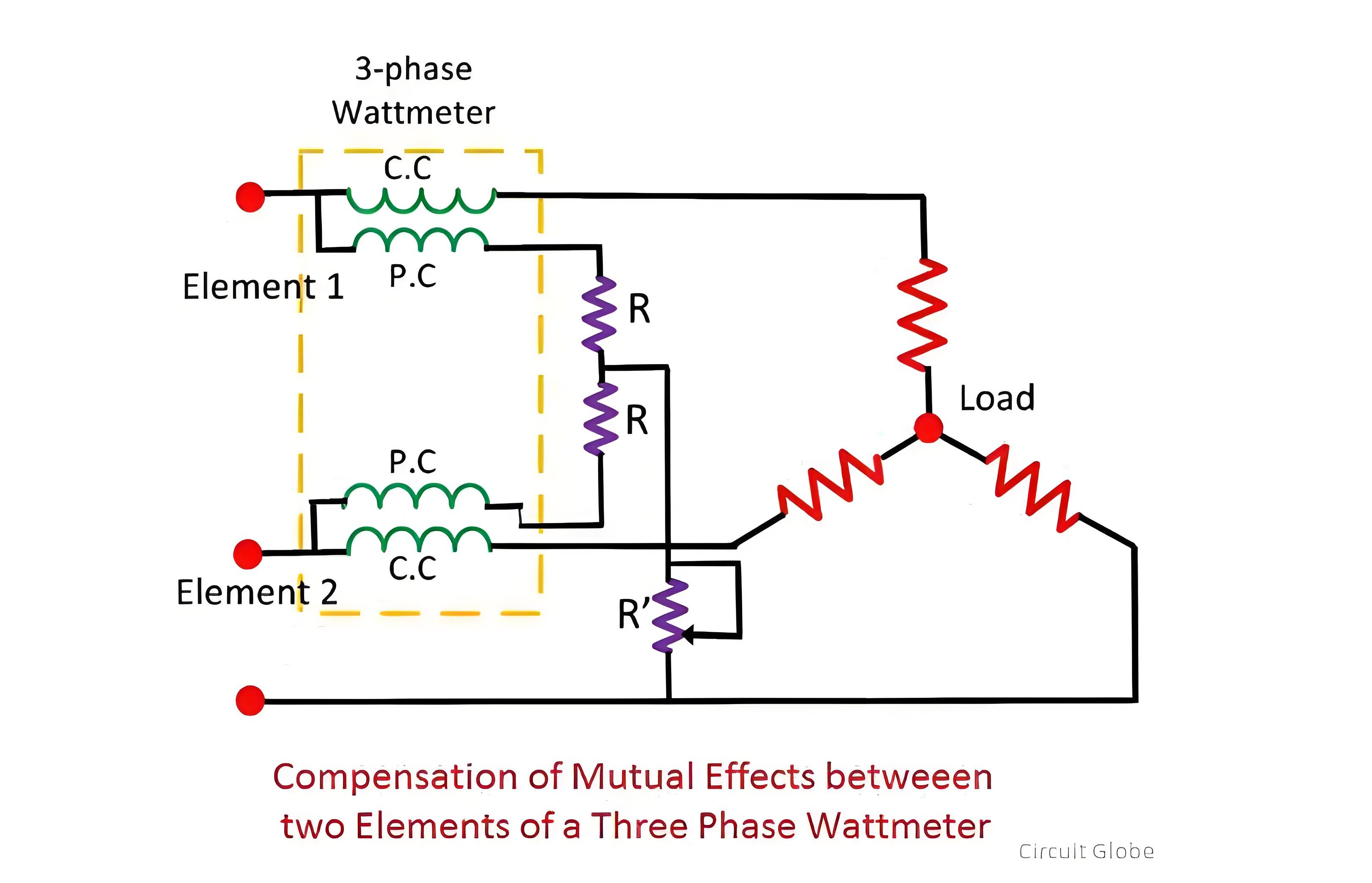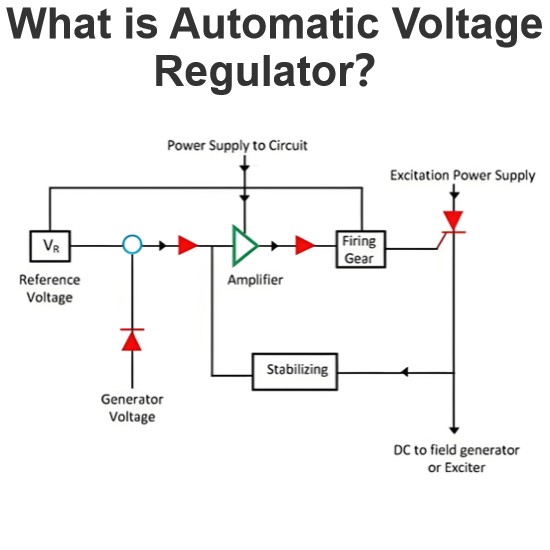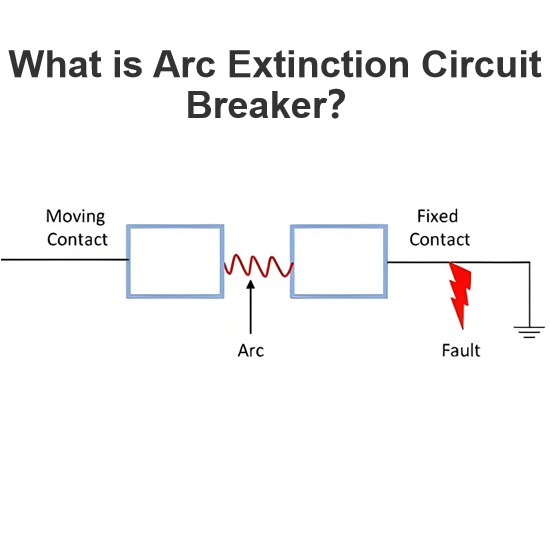Three Phase Wattmeter
Three Phase Wattmeter
Definition: A Three - Phase Wattmeter is an instrument employed for measuring the power in a three - phase circuit. In a three - phase Wattmeter, two individual Wattmeter elements are integrated within a single housing. Their moving coils are positioned on the same spindle.
Three - Phase Wattmeter Structure
A three - phase wattmeter consists of two elements. Each single element is a combination of a pressure coil and a current coil. In the wattmeter, the current coils are regarded as fixed coils, while the pressure coils serve as the moving coils.
Working Principle of the Three - Phase Wattmeter
The three - phase wattmeter operates based on the principle that when a current - carrying conductor is placed in a magnetic field, a torque is generated. When the power being measured passes through the moving coils, a torque is developed on these coils. Torque is a form of mechanical force whose effect can cause an object to deflect in a circular motion.
In a three - phase wattmeter, torque is developed on both elements. The value of the torque on each element is proportional to the power passing through it. The total torque on the three - phase wattmeter is the sum of the torques on the individual wattmeter elements.
Let's understand this with the help of mathematical expressions.
Suppose the deflecting torque developed on coil 1 is (D1) and the power passing through that element is \(P_1\). Similarly, the torque developed on coil 2 is (D2) and the power passing through it is (P2).

The total torque develops in the coil is expressed as

Connections of Three - Phase Wattmeter
Consider a circuit with two wattmeters. The current coils of both wattmeters are connected across any two phases, for example, the R and Y phases. The pressure coils of both wattmeters are connected across the third phase, namely the B phase.
Influence of Mutual Interference and Mitigation Measures
The mutual interference between the elements of a three - phase wattmeter can affect its accuracy. Mutual interference is a phenomenon where the magnetic fields of the two elements interact with each other. In a three - phase wattmeter, a laminated iron shield is placed between the elements. This iron shield effectively reduces the mutual influence between the elements, thereby enhancing the accuracy of the wattmeter's measurements.

The mutual effect can be compensated for by employing the Weston method. In the Weston method, adjustable resistors are utilized. These resistors counteract the mutual interference that takes place between the elements of a three - phase wattmeter.
The Electricity Encyclopedia is dedicated to accelerating the dissemination and application of electricity knowledge and adding impetus to the development and innovation of the electricity industry.













